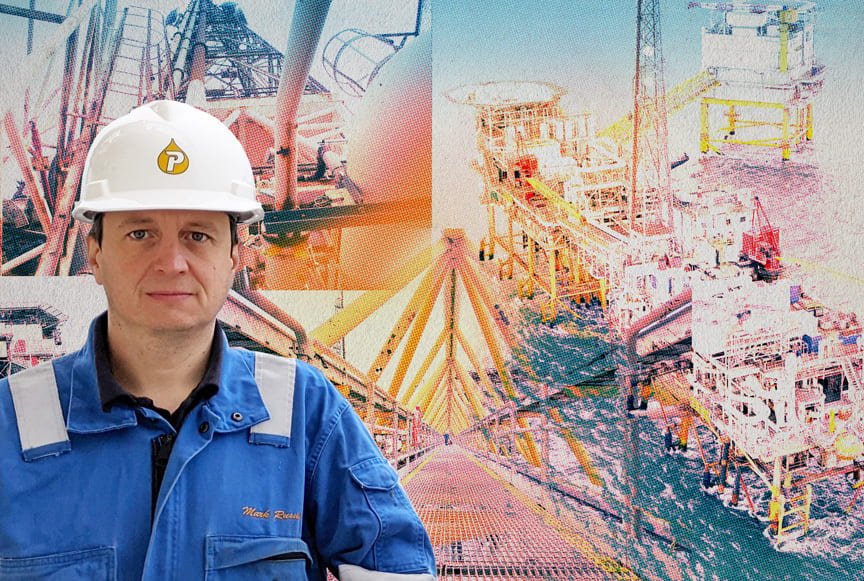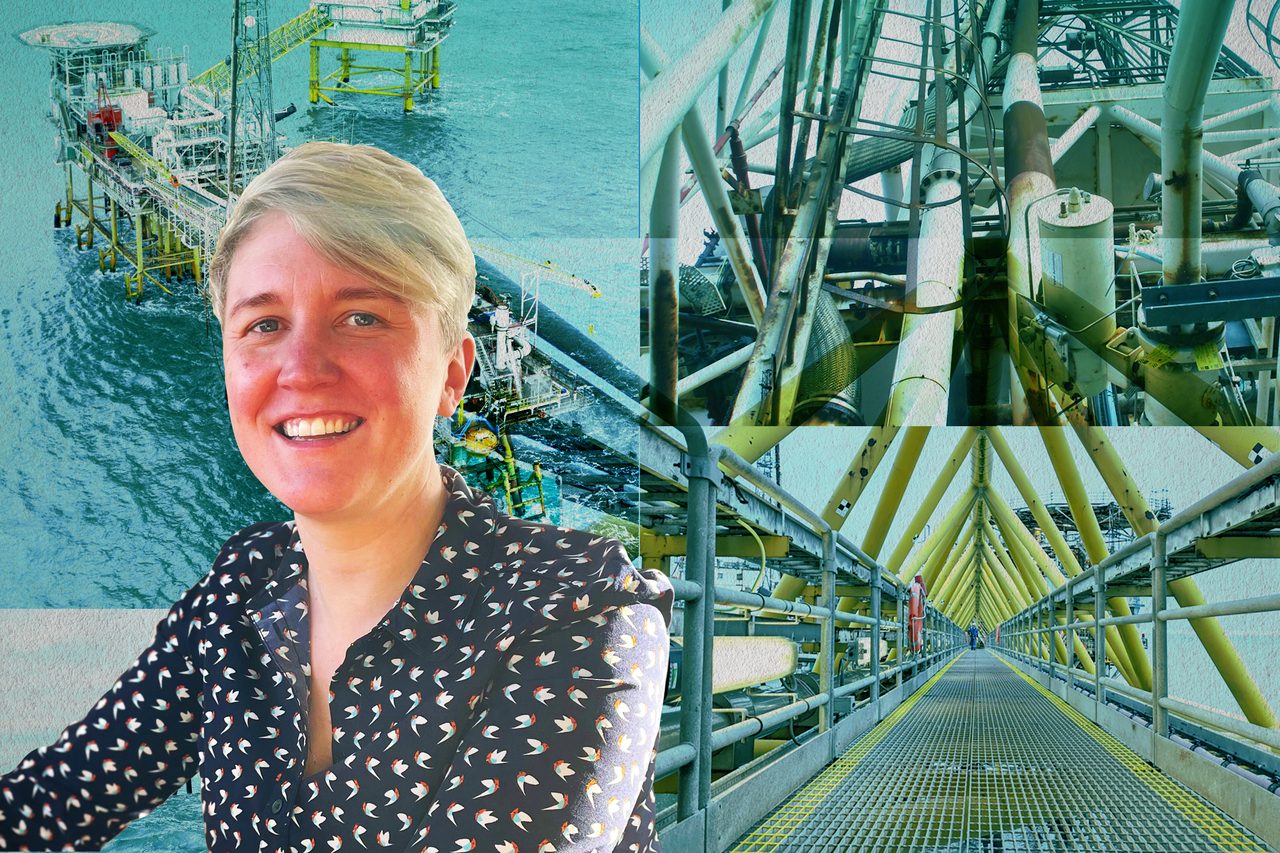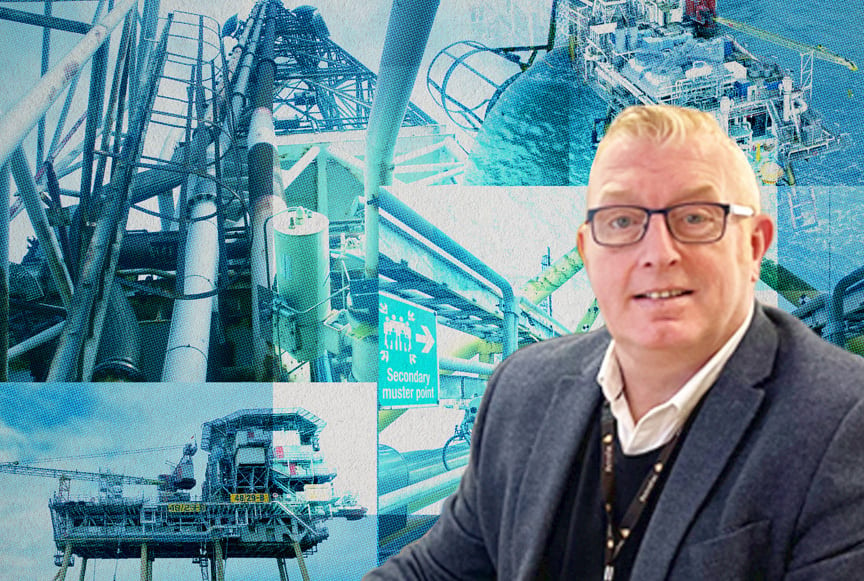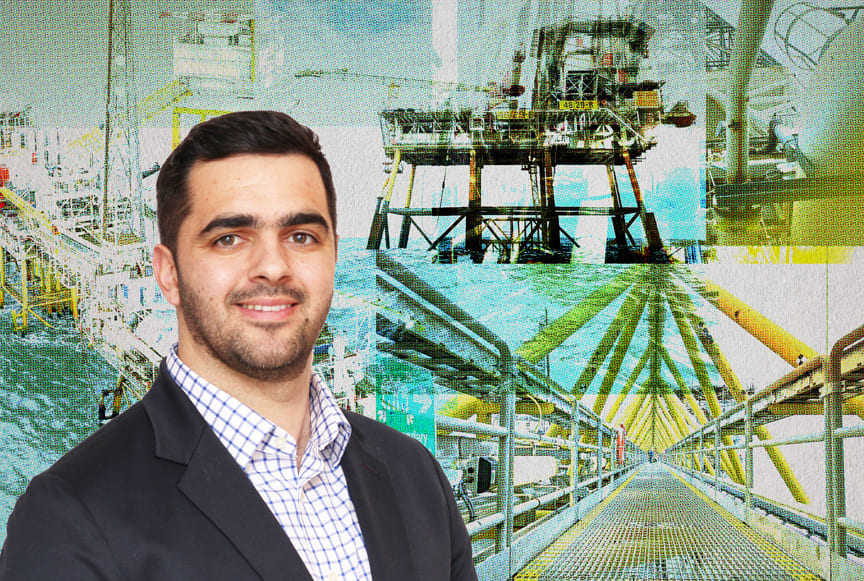PEOPLE
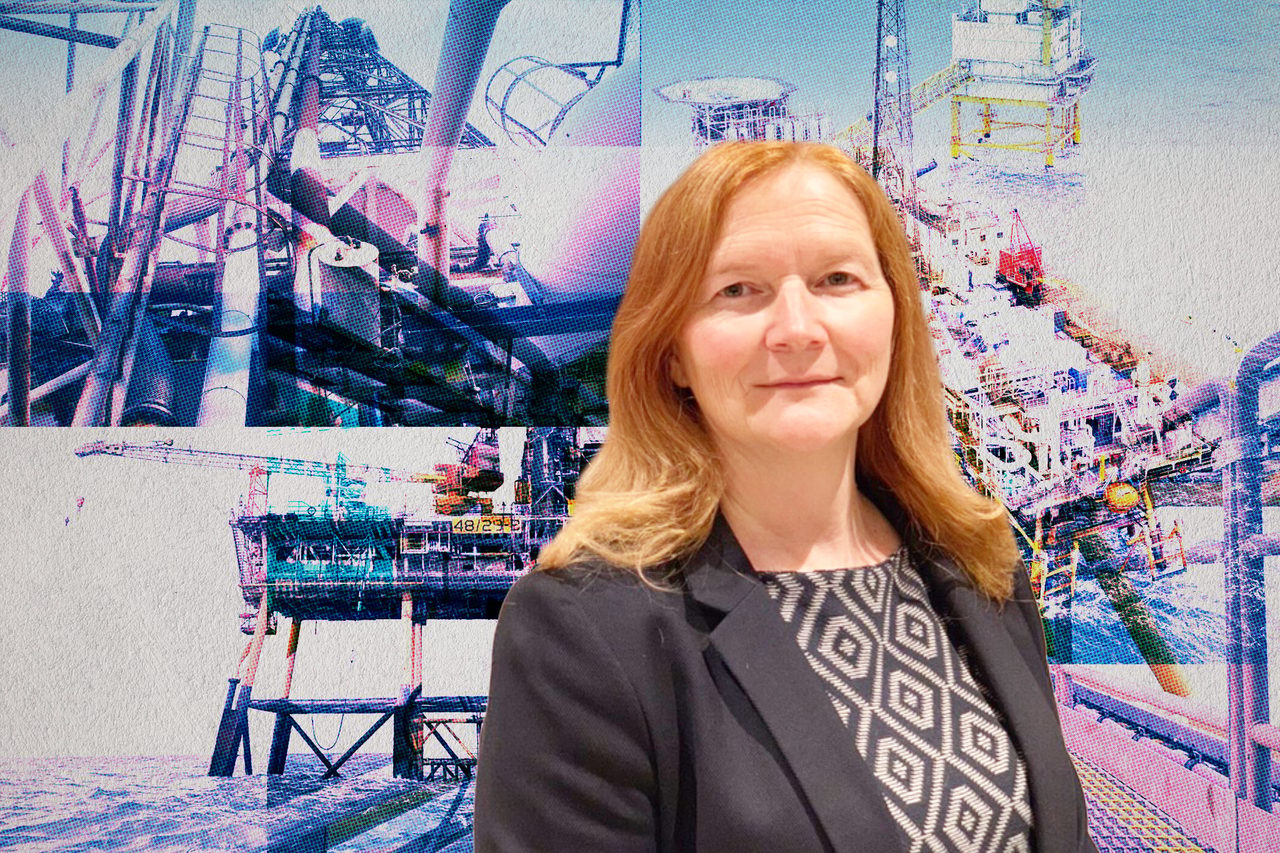
TRACEY HARROLD, HSSEQ MANAGER
Tracey has always worked in health and safety. She began her career in a water company, working in its laboratories. From there, she landed a job as a Health & Safety Inspector at the UK government’s Health and Safety Executive (HSE). She joined Petrofac back in 2006 and, as HSSEQ Manager, she has oversight of the Hewett field, as well as Petrofac’s operations in the Liverpool Bay.
Bizarrely, the Hewett field is where my association with the offshore industry began, way back in 2002… As an HSE Inspector, my first ever trip to an offshore platform was to the Hewett Central Complex, which was all very nerve wracking. I remember that the HSE Manager for the asset presented me with a pair of golden gloves, in recognition of the fact that I was its first ever female inspector. When he retired a few years later, I ended up taking over from him as HSE Manager at Petrofac.
As a HSE Inspector, Petrofac was one of the companies I looked after, and that got me intrigued… When the job opportunity came up, I was intrigued but also very apprehensive about leaving the civil service and joining industry. I can honestly say I have never looked back. The day-to-day variety of work has been incredible, and I’ve been given the freedom to build a team of HSE specialists.
There’s a real family feel to the project, it’s very much a close-knit team… The Hewett field has always been a locally run asset, mainly employing people from the local area. It’s also a relatively small asset. In the Northern North Sea, for example, an asset is likely to have more than 100 people on board. Here, there are often fewer than 20, so you know everyone and you know their names. I think that contributes to the strength and closeness of the team – and the strong team ethos extends all the way to the client.
The level of advance planning needed for a project like this shouldn’t be underestimated… Regulatory communication and engagement needs to commence many months in advance. Every step we take needs to be accepted in advance by the regulators, and that can take a lot of discussion back-and-forth. Traditionally, the entire field had been treated as a single entity, covered by just one Operational Safety Case. We made the early decision to split it into four separate Cases, and that has had huge benefits and led to the process being much more efficient.
Decommissioning presents some interesting health and safety challenges… As the nature of operations change, so too do the health and safety considerations. In the plugging and abandonment stage, for example, you get increased lifting and an increased risk of dropped objects; with the cleaning of pipelines and process flows, you get risks around purging and flushing; but the focal point is the heavy lift stage, when the platform is cut free from its foundations. For a facility of its type and age, we also have to deal with hazards like asbestos and the risk of naturally occurring radioactive materials. At each stage, we ensure that the teams remain safe, and that we don’t cause any pollution or harm the marine environment and the nature within it.
“The HSE Manager presented me with a pair of golden gloves, as its first ever female inspector.”
WORDS PETER HALLIDAY
PUBLISHED FEBRUARY 2022
